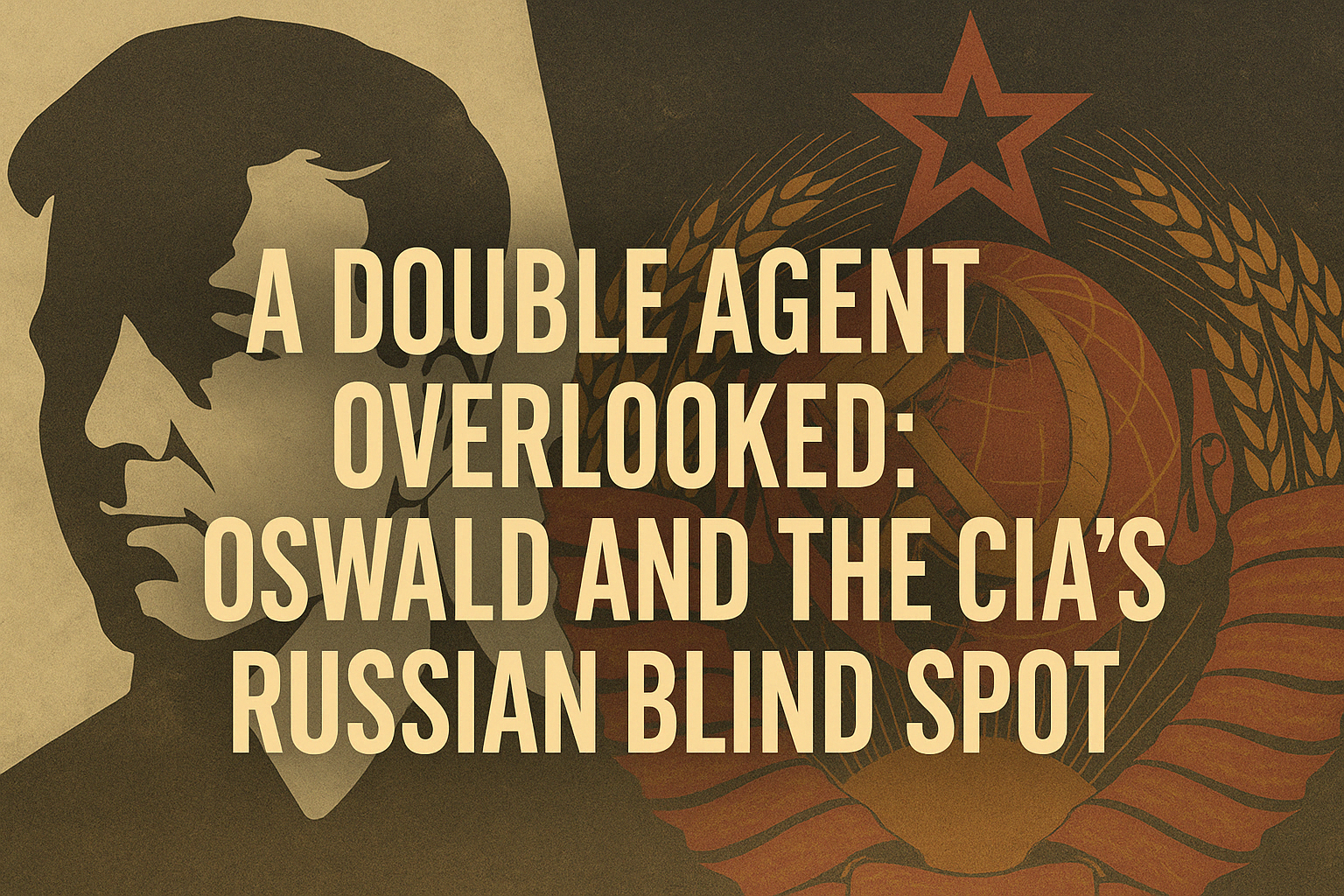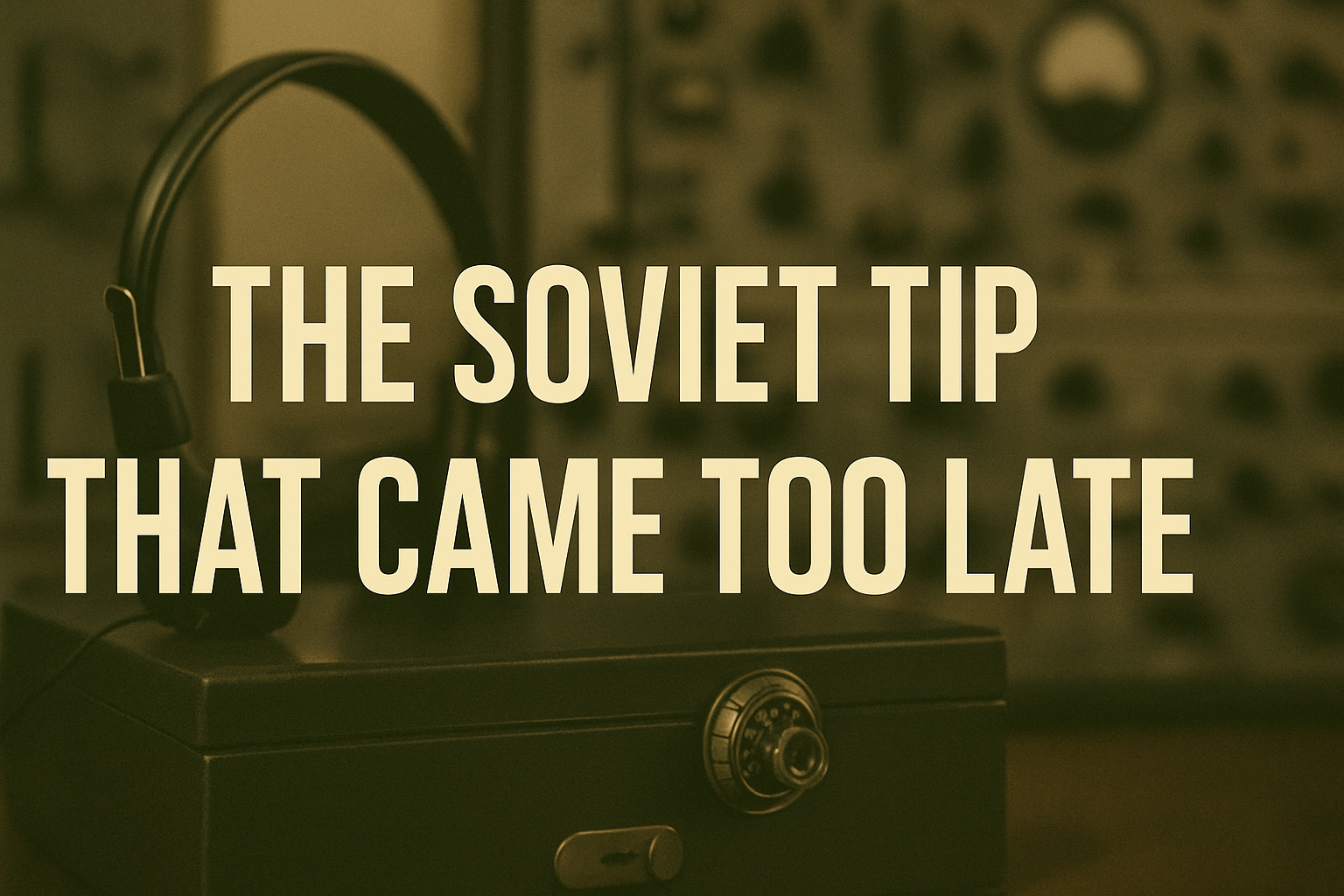He defected to Russia. Then came back. Everyone watched. No one acted.
In the world of Cold War espionage, defectors were never left alone. Especially not those who played both sides.
Lee Harvey Oswald was one of those men.
And according to newly released JFK files from 2025, he was more closely monitored than anyone ever admitted.
Not just by the CIA.
But by the KGB too.
THE MOSCOW YEARS
When Oswald defected to the Soviet Union in 1959, he declared he was renouncing his American citizenship. He handed over military secrets. He asked to stay.
And they let him.
The KGB, according to a now-unsealed Russian intelligence summary intercepted and translated in 1962, “did not fully trust Comrade Oswald, but found his presence useful.”
Useful. Not loyal.
They gave him a modest apartment, monitored his movements, and assigned watchers. But according to the 2025 declassified CIA analysis, “no efforts were made to recruit him.”
Why? Because they thought he was a plant.
And not a very good one.
RETURNING TO AMERICA-WITH NO QUESTIONS ASKED
In 1962, Oswald returned to the U.S. with a Soviet wife, a new baby, and no charges. No debriefing. No interrogation.
The 2025 files show that this was not an accident.
A CIA memo from April 1962-previously classified-reads:
“Subject is of marginal utility. Recommend passive surveillance only.”
Another from FBI counterintelligence simply says:
“Too hot to touch. Let CIA handle.”
Everyone thought someone else was watching him.
No one wanted to be responsible.
SPOTTED IN MEXICO-AND SHRUGGED OFF
In the fall of 1963, Oswald traveled to Mexico City and visited both the Cuban and Soviet embassies.
The CIA had both locations under surveillance.
Tapes. Photographs. Wiretaps.
Oswald appears in all of them.
One Soviet consulate log, released in 2025, lists him as a “disturbed man with unclear intentions.”
A Cuban embassy report, intercepted by the NSA, described him as “emotional, agitated, desperate to go to Havana.”
Nobody let him in.
But nobody stopped him either.
THE INTERNAL WARNINGS
From September to November 1963, memos about Oswald circulated quietly across multiple agencies.
The CIA’s Mexico Station reported:
“Subject may pose a risk. His behavior is erratic. Ties to pro-Castro groups have intensified.”
The FBI’s domestic intelligence branch noted:
“This individual is a known defector with renewed political activity. Recommend continued monitoring.”
No one acted. Nothing escalated.
Three weeks later, the President was dead.
AFTERMATH: THE BLAME GAME
Immediately after JFK’s assassination, the blame-shifting began.
FBI blamed the CIA for dropping Oswald after his return from Russia.
CIA blamed the FBI for failing to track his political activities.
NSA said nothing.
One interagency meeting, now declassified, shows a heated exchange where a CIA deputy said:
“This one should’ve been on your radar.”
To which the FBI agent replied:
“He was yours from the start.”
THE KGB REACTS
Soviet records included in the 2025 release reveal internal panic.
A memo from the KGB First Directorate labeled Oswald “unstable and erratic, likely manipulated.”
They didn’t claim him. In fact, they feared being blamed.
Their analysis suggested Oswald may have been “directed without knowledge of Soviet command.”
The implication: even they suspected a setup.
WHAT THE FILES CONFIRM
Oswald was under surveillance by U.S. intelligence from the moment he returned from the USSR.
He was flagged. Logged. Tracked.
And yet, not one agency intervened.
He slipped through every layer of the American security apparatus.
Not because no one was watching.
But because everyone was-and they all assumed someone else would act.
A SHARED FAILURE
The 2025 declassified files don’t prove a conspiracy.
But they confirm a colossal intelligence failure.
The CIA watched Oswald. So did the FBI. So did the Soviets.
Everyone watched him circle closer to the President.
And everyone looked away.

